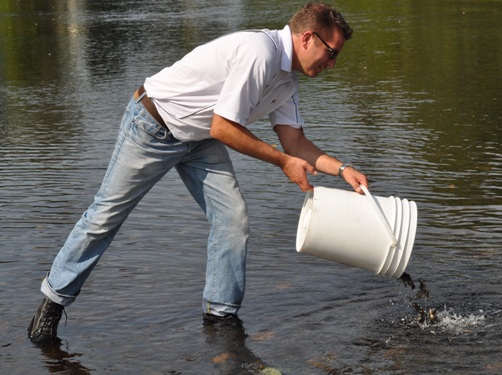http://www.livemint.com/
The company will discuss forming a joint venture with the IMIDRO, said T.K. Chand
Mumbai: India’s National Aluminium Co. Ltd (Nalco) executives plan to visit Iran this month for initial talks to build a $2 billion smelter in the Middle Eastern country, the first pick on its three-nation short list.
The company will discuss forming a joint venture with the Iranian Mines and Mining Industries Development and Renovation Organization, or IMIDRO, T.K. Chand, chairman and managing director of National Aluminium, or Nalco, said in an interview at his office in Bhubaneswar.
“Our consultant has shortlisted Iran, Oman and Indonesia for the smelter,” Chand said. “We have started discussions in order of preference starting with Iran. We will take a view on all countries and shortlist one taking into account the availability of gas and energy for making cost competitive power.”
Strong trade relations and a rupee trade system between India and Iran, as well easing global sanctions, make the Middle Eastern country a preferred choice, Chand said. Nalco is bullish about Indian demand, with per capita consumption forecast to grow to about 5 kilograms to 6 kilograms in the next five years from about 1.8 kilograms now, he said.
Read more

























